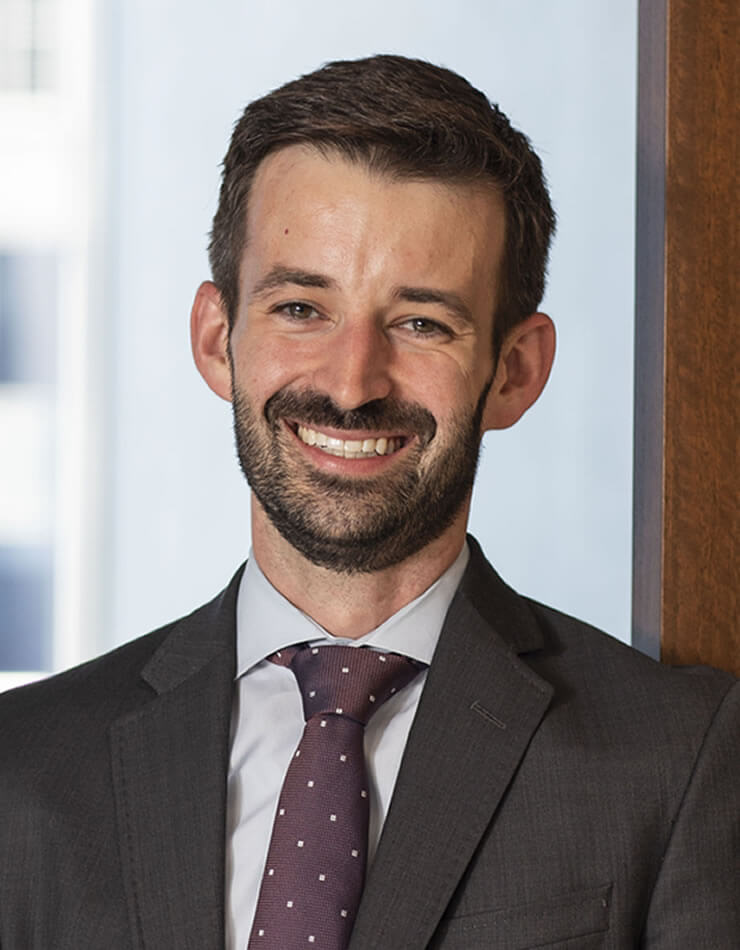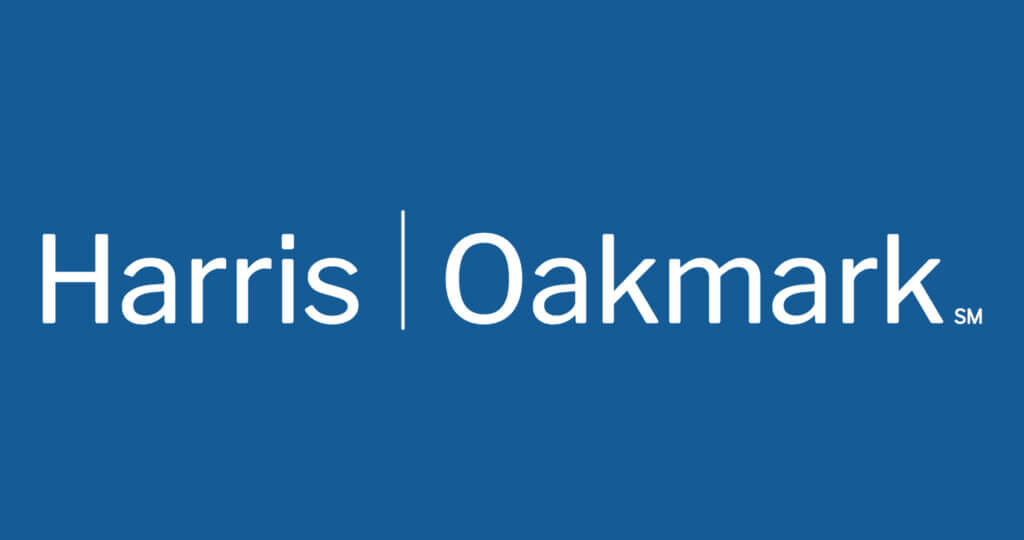Oakmark International Small Cap Fund – Investor Class
Average Annual Total Returns 12/31/17
Since Inception 11/01/95 9.90%
10-year 5.69%
5-year 9.73%
1-year 26.08%
3-month 1.58%
Net and Gross Expense Ratios as of 09/30/17 were 1.36%
Past performance is no guarantee of future results. The performance data quoted represents past performance. Current performance may be lower or higher than the performance data quoted. The investment return and principal value vary so that an investor’s shares when redeemed may be worth more or less than the original cost. The performance of the Fund does not reflect the 2% redemption fee imposed on shares redeemed within 90 days of purchase. To obtain the most recent month-end performance data, view it here.
The Oakmark International Small Cap Fund returned 1.6% for the quarter ended December 31, 2017, underperforming the MSCI World ex U.S. Small Cap Index, which returned 5.8% for the same period. For the year ended December 31, the Fund was up 26.1%, while the MSCI World ex U.S. Small Cap Index returned 31%. Since the Fund’s inception in November 1995, it has returned an average of 9.9% per year.
For the second quarter in a row, the top-performing stock in the Fund was German-based online payment services provider Wirecard. The company’s software and systems are used for online and mobile payments, as well as for risk and fraud management. Due to the continued growth of e-commerce around the globe, Wirecard announced a number of large new corporate accounts that have adopted the company’s software technology during the fourth quarter—a positive outcome that we had anticipated. Wirecard remains able to innovate in this rapidly evolving landscape, which differentiates it from traditional bank-led payment players and allows it to benefit from this business shift.
The largest detractor from performance was Criteo, a technology company that works with retailers to provide targeted web-based advertising to consumers who have previously visited a retailer’s site. During the quarter, Criteo reported positive earnings. However, fourth-quarter guidance showed weaker revenues than the market expected, and more recently, management released another revenue warning. The rollout of Apple’s Intelligent Tracking Prevention will hurt Criteo’s near-term revenues more than management previously estimated. As of the writing of this letter, we do not believe that the valuation of Criteo’s shares requires a material recovery in the Apple revenue stream. So, if the company can navigate this change as it has navigated previous changes, this could become an interesting bull-case scenario. While Criteo may face some short-term obstacles, we think its long-term outlook is promising. The company controls one of the most valuable consumer purchase intent data sets in the world, and we recently met with industry contacts to confirm that this data set remains a rare asset. With multiple drivers of future value per share growth, like the Marketing Ecosystem and Sponsored Products (via Hooklogic), Criteo has strategic value as an acquisition target.
We initiated positions in four new holdings this quarter: GrandVision, NOS SGPS, Salvatore Ferragamo and Ontex Group. Headquartered in the Netherlands, GrandVision is an operator of a retail optical chain present in 44 countries with more than 6,500 stores and an online presence. The company’s offerings include prescription glasses and sunglasses, as well as contact lenses and corresponding products. NOS SGPS is the second-largest telecom company in Portugal. The company offers broadband, pay television, internet, fixed phone and mobile phone services to consumers and businesses. The better-known name we added to the Fund this quarter is Italian-based Salvatore Ferragamo. Ferragamo produces and sells luxury goods for both men and women across the globe with offerings ranging from footwear and clothing to leather goods, silk accessories, watches and fragrances. Lastly, Ontex Group produces disposable personal hygiene solutions. The company’s products cater to babies, women and senior adults, and the business is approximately half branded and half private label. During the quarter, we sold one position, BBA Aviation.
Geographically, we ended the year with 17% of our holdings in Asia, 64% in Europe and the U.K., and 10% in Australasia. The remaining positions are in North America (Canada and the U.S.) and Latin America (Mexico and Brazil).
We continue to believe the Swiss franc and Norwegian krone are overvalued versus the U.S. dollar. As a result, we defensively hedged 16% of the Fund’s Swiss franc exposure, and 19% of the Fund’s krone exposure is hedged.
We thank you for your continued confidence and support, and wish all of you a very happy and healthy 2018!
The securities mentioned above comprise the following percentages of the Oakmark International Small Cap Fund’s total net assets as of 12/31/17: Wirecard AG 2.2%, Criteo ADR 2.1%, Apple, Inc. 0%, GrandVision NV 1.5%, NOS SGPS SA 0.9%, Salvatore Ferragamo Italia SpA 1.4%, Ontex Group NV 0.5% and BBA Aviation PLC 0%. Portfolio holdings are subject to change without notice and are not intended as recommendations of individual stocks.
The MSCI World ex U.S. Small Cap Index (Net) is a free float-adjusted, market capitalization-weighted index that is designed to measure the equity market performance of developed markets excluding the U.S. The MSCI Small Cap Indices target 40% of the eligible Small Cap universe within each industry group, within each country. MSCI defines the Small Cap universe as all listed securities that have a market capitalization in the range of USD200-1,500 million. This benchmark calculates reinvested dividends net of withholding taxes using Luxembourg tax rates. This index is unmanaged and investors cannot invest directly in this index.
The stocks of smaller companies often involve more risk than the stocks of larger companies. Stocks of small companies tend to be more volatile and have a smaller public market than stocks of larger companies. Small companies may have a shorter history of operations than larger companies, may not have as great an ability to raise additional capital and may have a less diversified product line, making them more susceptible to market pressure.
The percentages of hedge exposure for each foreign currency are calculated by dividing the market value of all same-currency forward contracts by the market value of the underlying equity exposure to that currency.
Investing in foreign securities presents risks that in some ways may be greater than U.S. investments. Those risks include: currency fluctuation; different regulation, accounting standards, trading practices and levels of available information; generally higher transaction costs; and political risks.
The discussion of the Fund’s investments and investment strategy (including current investment themes, the portfolio managers’ research and investment process, and portfolio characteristics) represents the Fund’s investments and the views of the portfolio managers and Harris Associates L.P., the Fund’s investment adviser, at the time of this letter, and are subject to change without notice.
All information provided is as of 12/31/17 unless otherwise specified.








